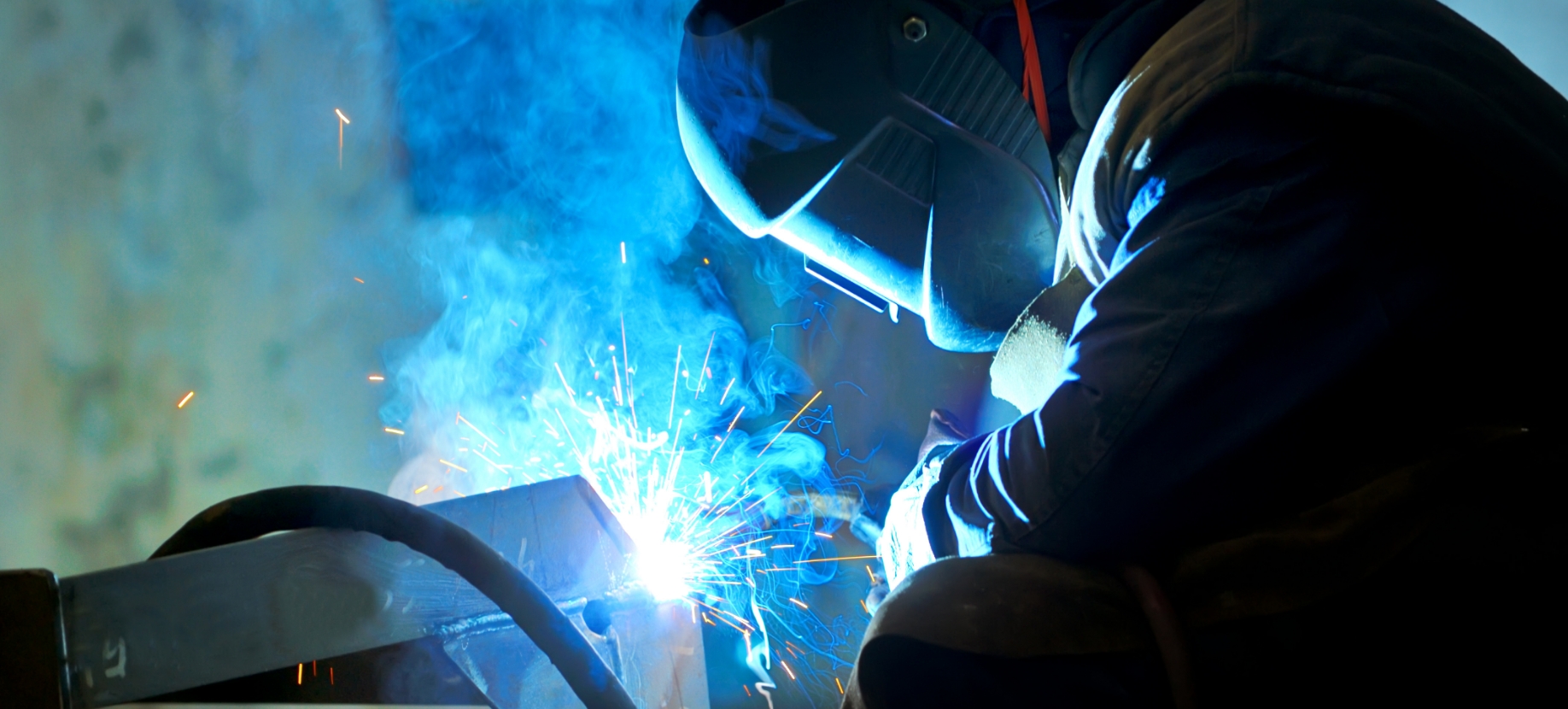Gases Used to Weld Carbon Steel
Oct 23rd 2023
Welding is a vital process across various industries, whether it’s for automotive, construction, or energy, and the choice of shielding gas plays a crucial role in achieving high-quality welds. When it comes to welding carbon steel, selecting the right shielding gas that matches the right welding wire is essential for ensuring strong, clean, and reliable welds. In this comprehensive guide, we will explore the gases commonly used for welding carbon steel, their properties, and their applications.
The Role of Shielding Gas
Before diving into the specific gases, it's important to understand why shielding gas is vital in welding. Shielding gases protect the molten weld pool from atmospheric contaminants like oxygen and nitrogen. By creating a protective atmosphere, these gases ensure the weld cools properly, minimizes the risk of defects, and enhances the overall quality of the weld.
Common Shielding Gases for Welding Carbon Steel
Carbon Dioxide (CO2)
Properties: Carbon dioxide is a readily available and cost-effective shielding gas that is colorless, odorless, and non-flammable. It is composed of one carbon atom and two oxygen atoms (CO2).
Applications: CO2 is commonly used for welding carbon steel, especially in GMAW (MIG) and FCAW processes. It provides deep penetration and is suitable for thicker materials and for applications requiring strong weld joints.
Advantages: CO2 offers good productivity and enhances weld bead wetting, which results in a smooth and uniform appearance. It's often used in applications where cost-effectiveness is a primary consideration.
Argon (Ar)
Properties: Argon is an inert gas, meaning it does not chemically react with metals. It is a monoatomic gas composed of single argon atoms (Ar).
Applications: 100% Argon is frequently used in Gas Tungsten Arc Welding (GTAW/TIG) of carbon steel. It provides excellent arc stability and is ideal for thinner materials and precise welding applications. It is also used for purging and shielding in various applications.
Advantages: Argon produces a stable, clean arc and minimal spatter. It offers better control over the weld pool and is suitable for applications where aesthetics and precision are crucial, especially on thinner materials. Being inert, argon does not introduce contaminants into the weld pool.

Argon-Carbon Dioxide Mixtures (Ar/CO2)
Properties: These mixtures combine argon with varying levels of carbon dioxide.
Applications: Ar/CO2 blends, such as 75% Ar/25% CO2 or 90% Ar/10% CO2, are commonly used in MIG welding of carbon steel. They balance the benefits of argon's stability with CO2's deep penetration, making them suitable for a wide range of carbon steel applications.
Advantages: Ar/CO2 blends offer good compromise between penetration and arc stability. They are versatile and well-suited for both thin and thick materials. These blends also reduce spatter compared to pure CO2, resulting in cleaner welds.
Selecting the Right Shielding Gas
Choosing the appropriate shielding gas for welding carbon steel depends on several factors:
- Welding Process: Consider the welding process you're using, such as MIG, TIG, or FCAW, as each may have specific gas requirements.
- Material Thickness: Thicker materials may benefit from gases that provide deeper penetration, like CO2. Thinner materials may require the control and precision of argon-based gases.
- Welding Position: The welding position (e.g., flat, horizontal, vertical, overhead) can impact gas choice. Some gases perform better in specific positions.
- Aesthetics and Precision: If your project requires clean, aesthetically pleasing welds with minimal spatter, argon-based gases may be preferred.
- Cost Considerations: Consider your budget and project requirements. CO2 is often chosen for its cost-effectiveness, while argon blends offer greater control but may be pricier.
NS ARC Quality Welding Wire
Selecting the right shielding gas is essential for achieving high-quality welds when working with carbon steel. Understanding the properties and applications of common gases like CO 2, Ar, and Ar-CO2 blends helps welders make informed decisions based on the specific requirements of their welding projects. NS ARC offers a wide selection of high-quality welding wires that cater to different shielding gas implementations. By choosing the welding wire that works with the right gas, you can ensure strong, clean, and reliable welds that meet the highest industry standards.
If you’re still unsure of which shielding gas is the most appropriate for your welding project, you can contact the Pit Crew for help. Our team of experts is on standby, ready to provide the right kind of guidance that keeps your welding operations as optimally efficient as possible. Contact us today to learn more about our selection of high-quality and dependable welding wires.
Shielding gas is only as good as the welding wire used along with it, so start using some of the best in the industry. Order a sample today to start welding with results!
Learn MoreDISCLAIMER: This information is descriptive in nature and not purely prescriptive. Refer to your own welding machine’s user manual for proper settings and consult a welding expert for support.


